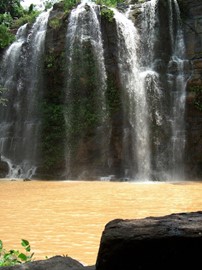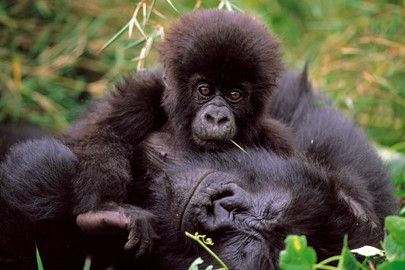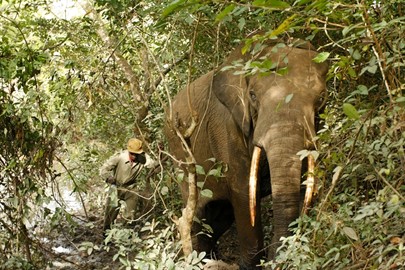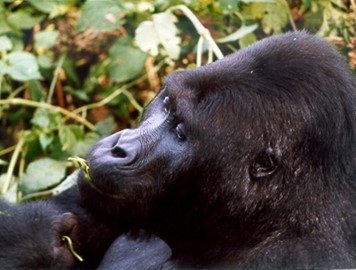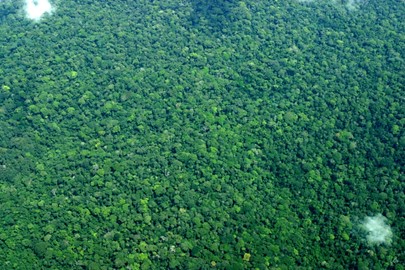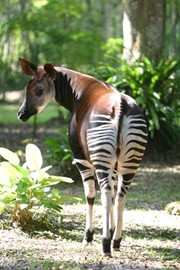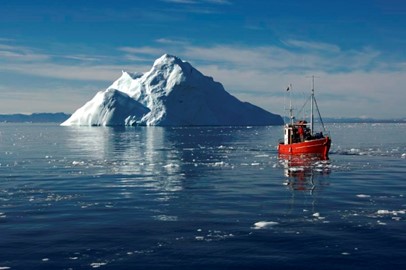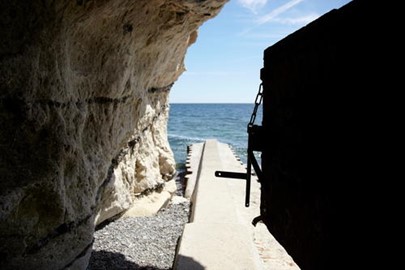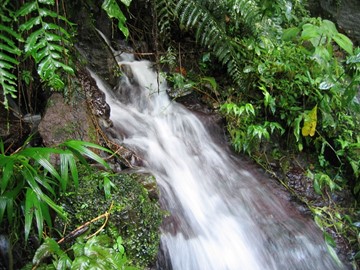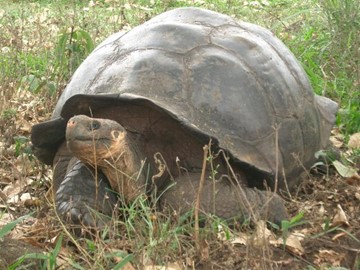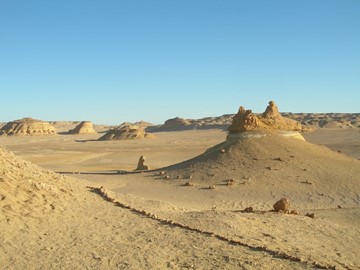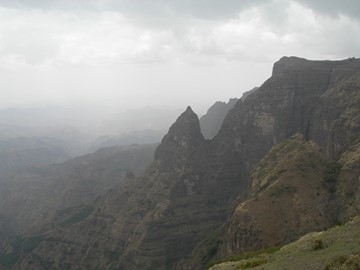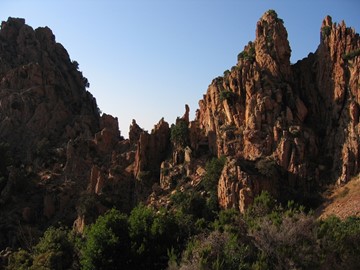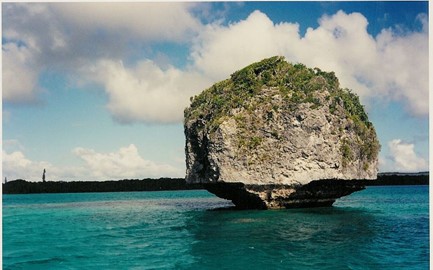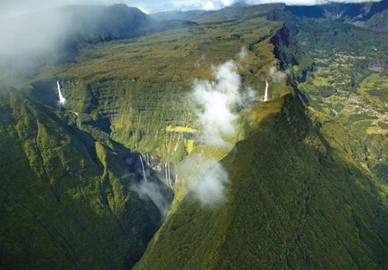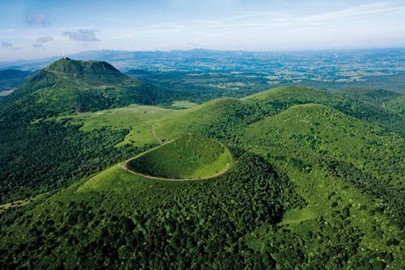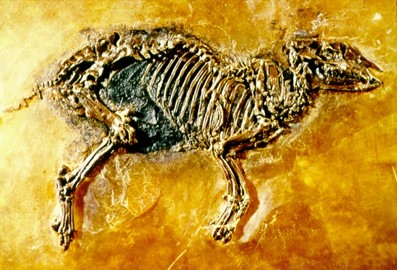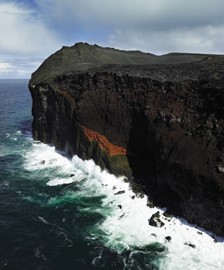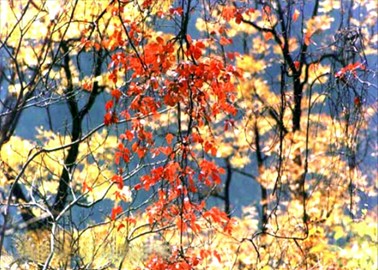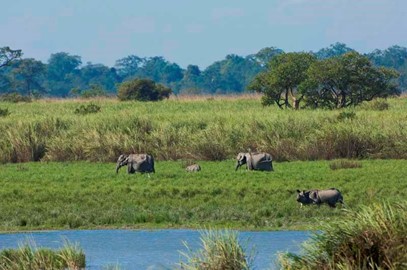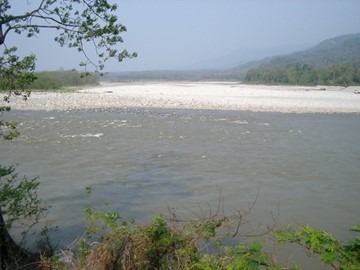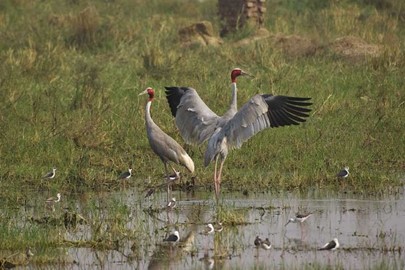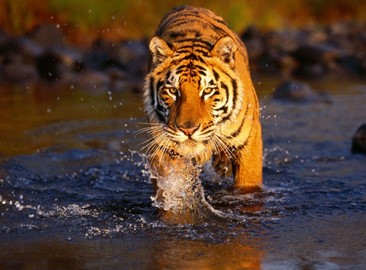category :: natural
Desembarco del Granma
Desembarco del Granma National Park, a UNESCO World Heritage site in Cuba, is renowned for its unique coastal cliffs, marine terraces, and pristine ecosystems. The park commemorates the historic landing of Fidel Castro and his revolutionaries in 1956, marking a pivotal moment in Cuban history. Its dramatic limestone formations, lush forests, and diverse wildlife, including rare species, make it a significant natural and cultural landmark.
Virunga
Virunga National Park, a UNESCO World Heritage site in Congo, is renowned for its exceptional biodiversity and stunning landscapes. It hosts a variety of ecosystems, including volcanic terrains, savannas, and dense forests, making it a critical habitat for endangered species like the mountain gorilla. The site also holds significant cultural and scientific value, offering insights into the region’s geological history and supporting ongoing conservation efforts. Despite challenges, it remains a vital natural... Read More
Garamba
Garamba National Park, a UNESCO World Heritage site in the Democratic Republic of the Congo, is renowned for its vast savannas, grasslands, and woodlands interspersed with gallery forests and swampy depressions. Established in 1938, it protects a diverse array of wildlife, including elephants, hippopotamuses, and the critically endangered Kordofan giraffe, though its northern white rhinoceros population is believed to be extinct in the wild. Despite its rich biodiversity, the park faces significant threats ... Read More
Kahuzi Biega
Kahuzi-Biega, a UNESCO World Heritage site in the Democratic Republic of Congo, is renowned for its rich biodiversity and stunning landscapes. This protected area is home to the critically endangered eastern lowland gorilla, along with numerous other rare species of flora and fauna. The site features a mix of dense rainforests, bamboo groves, and volcanic terrain, offering a unique ecological haven. It was inscribed as a World Heritage site in 1980 for its outstanding natural value and significance to globa... Read More
Salonga
Salonga National Park, a UNESCO World Heritage site in the Democratic Republic of the Congo, is Africa’s largest tropical rainforest reserve, located in the heart of the Congo River basin. Recognized in 1984 for its vast, intact wilderness, it shelters endangered species like the bonobo, Congo peacock, and forest elephant. Once listed as endangered in 1999 due to poaching and conflict, it was removed from the danger list in 2021 following conservation improvements. Accessible only by water, it remains a cri... Read More
Okapi Wildlife Reserve
The Okapi Wildlife Reserve, a UNESCO World Heritage Site in the Democratic Republic of the Congo, is a biodiversity hotspot within the Ituri Forest, renowned for protecting the endangered okapi, a unique forest giraffe, along with numerous threatened species of primates and birds. Established in 1992 and designated a World Heritage Site in 1996, it serves as a Pleistocene refuge with dense evergreen forests and dramatic scenery, including waterfalls along the Ituri and Epulu rivers. The reserve also preserv... Read More
Ilulissat Icefjord
Ilulissat Icefjord, a UNESCO World Heritage site in Denmark, is a stunning natural wonder renowned for its massive icebergs and dramatic glacial landscape. Formed by the Sermeq Kujalleq glacier, one of the most active in the world, it produces enormous icebergs that drift into the fjord and beyond into Disko Bay. This site is a critical area for studying climate change and glacial dynamics, offering scientists and visitors a glimpse into the Earth's icy past and present. Its unique beauty and scientific sig... Read More
Stevns Klint
Stevns Klint, a UNESCO World Heritage site in Denmark, is a striking chalk cliff renowned for its geological significance. It features one of the world’s best-preserved Cretaceous-Tertiary (K/T) boundaries, marked by a thin layer of fish clay that evidences a massive asteroid impact 66 million years ago, linked to the extinction of dinosaurs and over half of Earth’s species. The cliff’s rich fossil record offers a detailed glimpse into ancient marine ecosystems, making it a globally important natural landma... Read More
Morne Trois Pitons
Morne Trois Pitons National Park, a UNESCO World Heritage site in Dominica, is renowned for its volcanic landscapes and rich biodiversity. The park features dramatic geothermal attractions like boiling lakes, hot springs, and fumaroles, alongside lush rainforests teeming with rare flora and fauna. Visitors can explore scenic trails leading to stunning waterfalls and panoramic vistas, offering a glimpse into the island’s natural splendor. This protected area stands as a testament to Dominica’s unique geologi... Read More
Galápagos Islands
The Galápagos Islands, a UNESCO World Heritage site, are a unique archipelago renowned for their extraordinary biodiversity and volcanic landscapes. Famous for inspiring Charles Darwin’s theory of evolution, they host an array of endemic species, including giant tortoises, marine iguanas, and diverse birdlife. The islands serve as a living laboratory for scientific research and conservation efforts, offering visitors a rare glimpse into a pristine natural ecosystem.
Sangay
Sangay National Park, a UNESCO World Heritage site in Ecuador, is renowned for its stunning natural beauty and diverse ecosystems, ranging from tropical rainforests to glaciers. The park features three prominent volcanoes—two active, Sangay and Tungurahua, and one extinct, El Altar—showcasing dramatic landscapes and geological significance. Its isolation has preserved a rich biodiversity, including rare species like the mountain tapir and Andean condor, making it a critical conservation area recognized sinc... Read More
Wadi Al Hitan
Wadi Al Hitan, a UNESCO World Heritage site in Egypt, is a remarkable paleontological treasure known as the 'Valley of the Whales.' This desert landscape preserves an extraordinary collection of fossilized remains, including ancient whale skeletons dating back over 40 million years, offering a unique glimpse into the evolution of marine mammals. The site's well-preserved fossils, dramatic scenery, and scientific significance make it a vital record of Earth's history, attracting researchers and visitors alik... Read More
Simien
Simien National Park, a UNESCO World Heritage site in Ethiopia, is renowned for its dramatic landscapes featuring jagged mountain peaks, deep valleys, and escarpments formed by volcanic activity millions of years ago. It hosts a rich biodiversity, including rare species like the Ethiopian wolf, gelada baboon, and Walia ibex, making it a critical conservation area. The park’s unique geological formations and endemic wildlife attract researchers, hikers, and nature enthusiasts from around the globe. Its cultu... Read More
Gulf of Porto
The Gulf of Porto, a UNESCO World Heritage site in France, is renowned for its stunning natural beauty, featuring dramatic red granite cliffs, clear turquoise waters, and diverse marine life. This coastal gem includes the Calanques de Piana, Scandola Nature Reserve, and Girolata Bay, showcasing unique geological formations and a rich ecosystem. Recognized in 1983, it stands as a testament to the region's exceptional environmental and cultural significance, attracting visitors with its picturesque landscapes... Read More
Lagoons of New Caledonia
The Lagoons of New Caledonia, a UNESCO World Heritage site in the French Pacific Ocean archipelago of New Caledonia, are a pristine marine expanse of coral reefs, atolls, and turquoise waters. Hosting vibrant ecosystems with rare fish, turtles, and dugongs, they form one of the world’s most diverse reef systems. This natural wonder highlights the beauty and fragility of oceanic biodiversity.
Reunion Island
Reunion Island, a UNESCO World Heritage site in a French department of the Indian Ocean, is a volcanic island renowned for its dramatic landscapes and rich biodiversity. Towering peaks, deep cirques, and lush forests create a stunning natural tapestry. It hosts unique species like the Reunion cuckoo-shrike, thriving in its varied ecosystems. The island’s rugged terrain reflects millions of years of geological activity. This pristine site blends natural wonder with ecological significance. It stands as a tes... Read More
Chaîne des Puys
Chaîne des Puys, a UNESCO World Heritage site in France, is a stunning volcanic landscape of over 80 dormant cones, craters, and lava domes. Formed over millennia, its diverse geology offers a natural laboratory for studying volcanic processes. The area features rolling green hills and dramatic peaks, showcasing nature’s raw beauty. Rich in biodiversity, it supports unique flora and fauna adapted to volcanic soil. This site blends scientific value with breathtaking scenery, drawing geologists and visitors a... Read More
Messel Pit
The Messel Pit, a UNESCO World Heritage site in Germany, is a former shale quarry renowned for its exceptionally well-preserved fossils from the Eocene epoch, about 48 million years ago. Discovered in the 19th century, it offers a unique window into prehistoric life, showcasing detailed remains of mammals, birds, reptiles, and plants, including some of the earliest ancestors of modern species. Its scientific significance lies in the extraordinary preservation of soft tissues and even stomach contents, provi... Read More
Río Plátano Biosphere
The Río Plátano Biosphere Reserve, a UNESCO World Heritage site in Honduras, is a biodiverse haven encompassing rainforests, wetlands, and coastal lagoons. It shelters endangered species like jaguars, tapirs, and giant anteaters, alongside vibrant ecosystems supporting countless plant and animal life. The reserve also holds archaeological significance with ancient Mayan ruins, offering a glimpse into the region’s rich cultural history. Conservation efforts aim to protect this ecological and historical treas... Read More
Surtsey
Surtsey, a UNESCO World Heritage site in Iceland, is a volcanic island formed by underwater eruptions between 1963 and 1967, offering a unique natural laboratory for studying ecological succession and geological processes. Named after the Norse fire giant Surtr, it remains uninhabited and strictly protected, allowing scientists to observe the gradual colonization of life, from microorganisms to plants and birds, in a pristine environment. Its significance lies in its untouched state, providing valuable insi... Read More
Nanda Devi and Valley of Flowers
Nanda Devi and Valley of Flowers, a UNESCO World Heritage site in India, is renowned for its stunning natural beauty and biodiversity. This protected area features the majestic Nanda Devi peak, one of India's highest mountains, surrounded by pristine alpine meadows, glaciers, and rare flora like the blue poppy. The Valley of Flowers is celebrated for its vibrant wildflower blooms, especially during the monsoon season, alongside a rich ecosystem supporting endangered species such as the snow leopard and Hima... Read More
Kaziranga
Kaziranga National Park, a UNESCO World Heritage Site in India, is renowned for its rich biodiversity and conservation success. It serves as a critical habitat for the world’s largest population of the Indian one-horned rhinoceros, alongside tigers, elephants, and numerous bird species. The park’s unique ecosystem, featuring grasslands, wetlands, and forests, supports a thriving wildlife population and attracts global attention for its natural heritage.
Manas Wildlife Sanctuary
Manas Wildlife Sanctuary, a UNESCO World Heritage site in India, is a biodiversity hotspot renowned for its rich flora and fauna. This protected reserve is home to numerous endangered species, including the Bengal tiger, Indian elephant, and pygmy hog. The sanctuary also serves as a critical habitat for the rare golden langur and supports a diverse ecosystem of grasslands, forests, and riverine landscapes. Its significance lies in its role as a conservation area, promoting ecological balance and wildlife pr... Read More
Keoladeo
Keoladeo National Park, a UNESCO World Heritage site in India, is a renowned wetland sanctuary famous for its rich biodiversity and vibrant birdlife. Originally a royal hunting ground, it now hosts over 370 bird species, including migratory waterfowl like the Siberian crane, alongside diverse mammals and reptiles. Its unique mosaic of wetlands, woodlands, and grasslands supports a thriving ecosystem, making it a critical conservation site and a paradise for nature enthusiasts.
Sundarbans
Sundarbans National Park, a UNESCO World Heritage Site in India, is a unique biodiversity hotspot renowned for its vast mangrove forests and rich wildlife. It serves as a critical habitat for the endangered Bengal tiger, along with numerous species of birds, reptiles, and aquatic animals. The park’s intricate network of tidal waterways and islands supports a delicate ecosystem, making it a globally significant conservation area.
